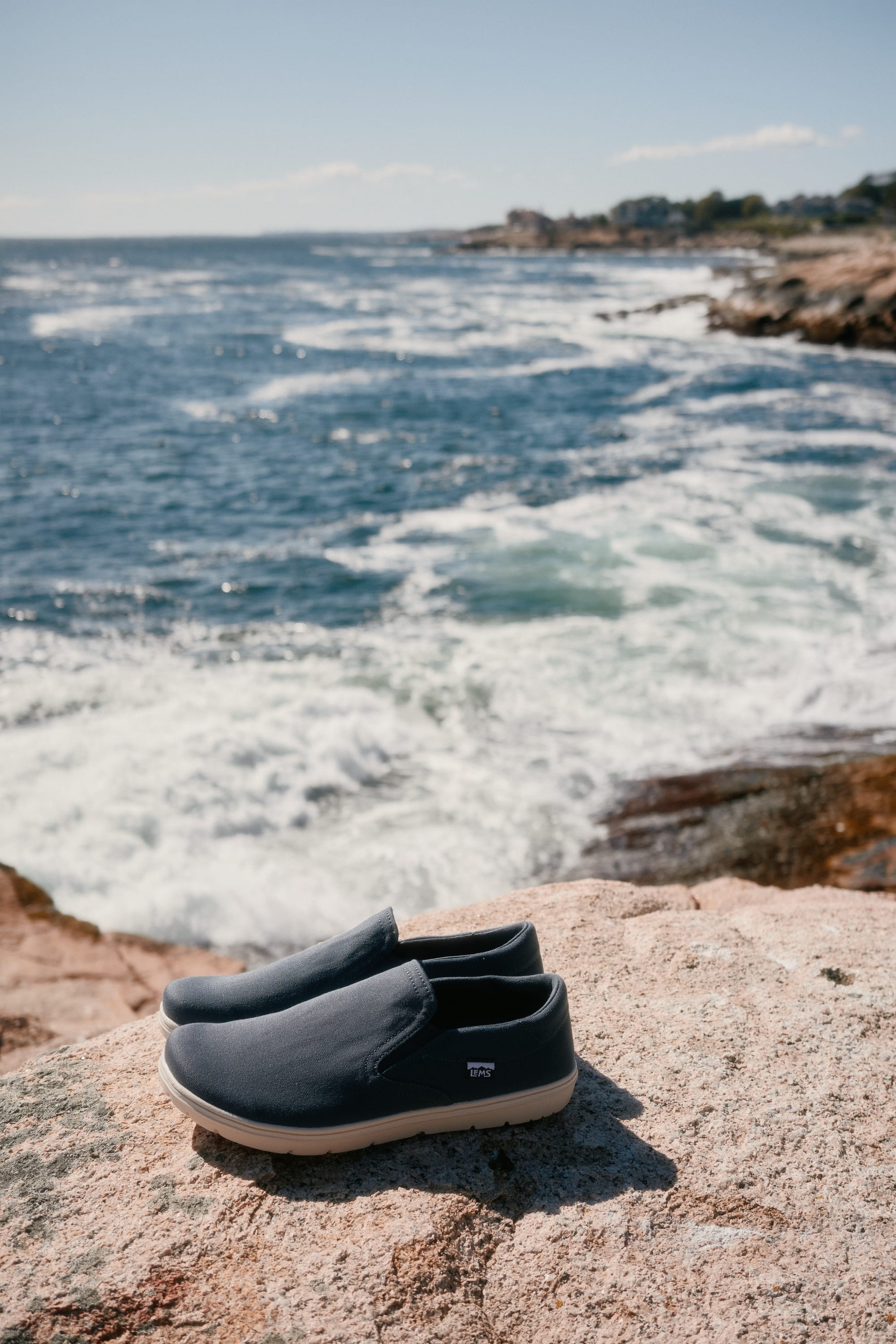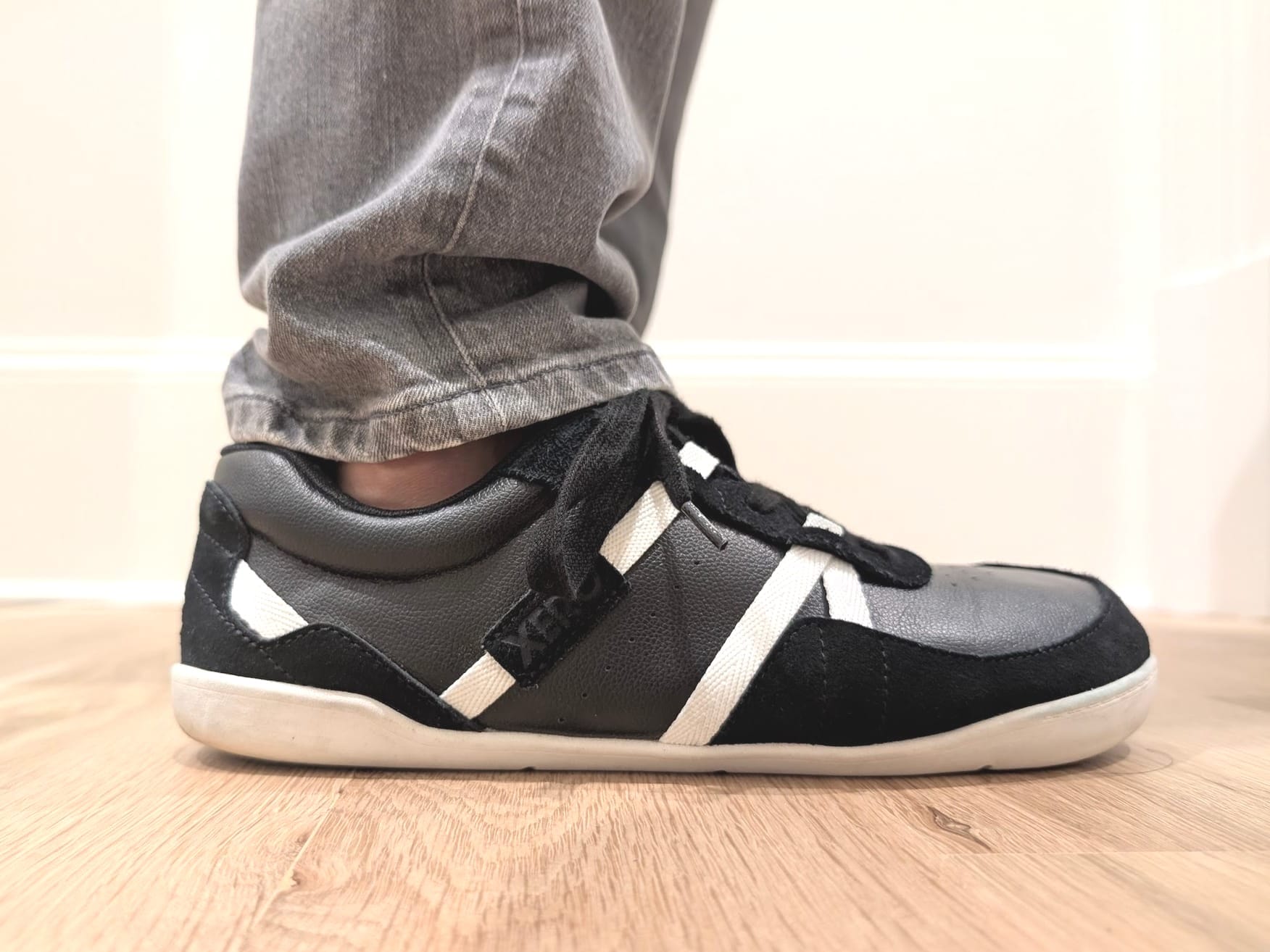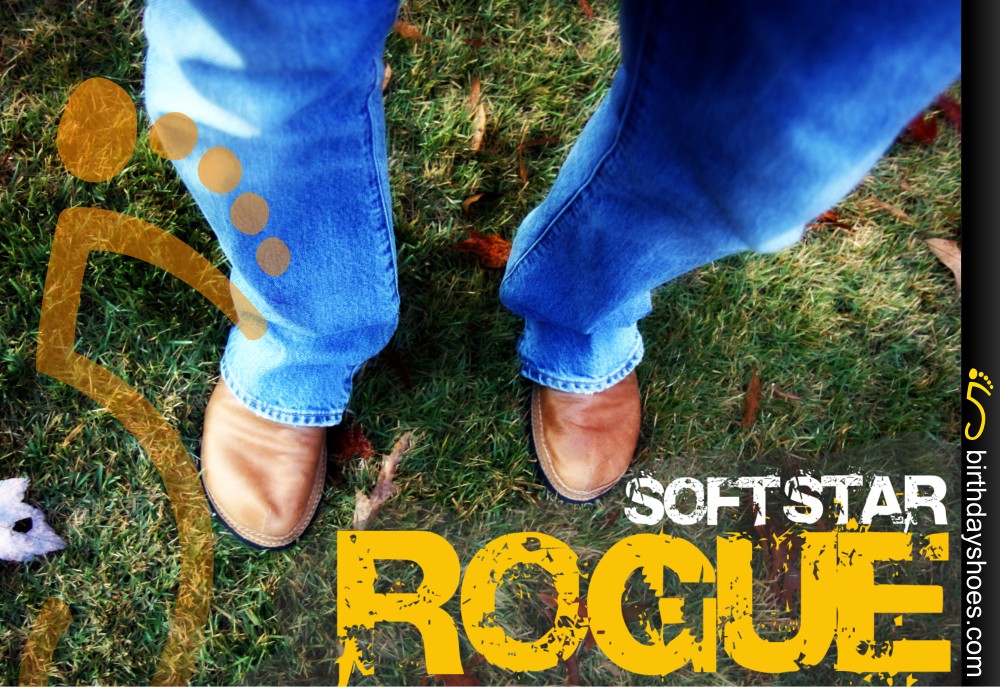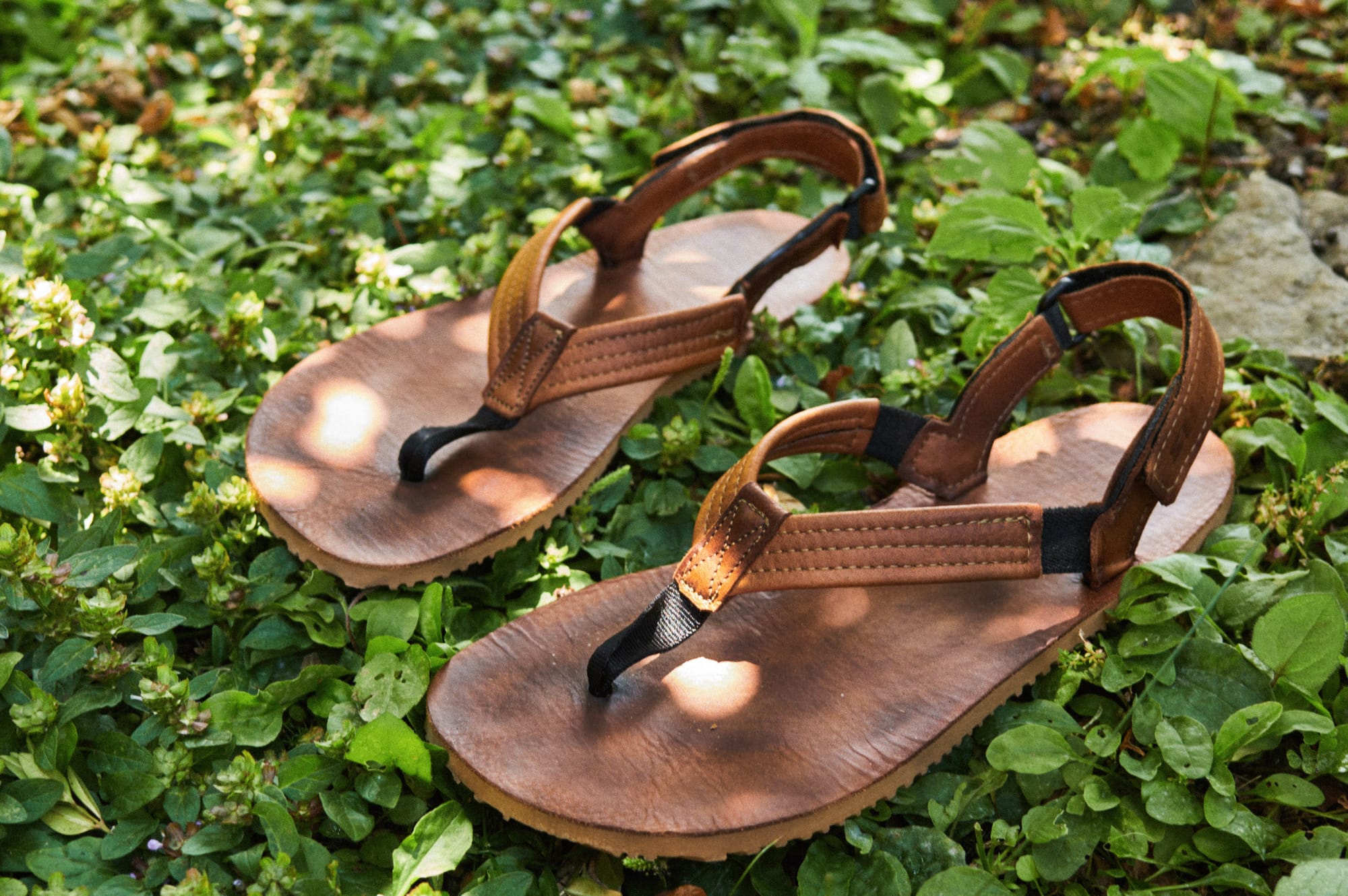VIVOBAREFOOT Barefoot Running Technique Course
"I agree with you completely. After looking at what is involved, it looks like a money making scheme to profit on the barefoot movement." This was the comment I posted on Jason Robillard's Barefoot Running University website in reply to his blog post,…
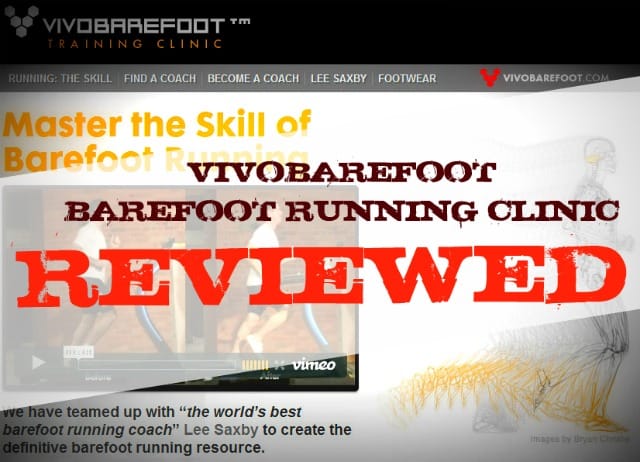
"I agree with you completely. After looking at what is involved, it looks like a money making scheme to profit on the barefoot movement." This was the comment I posted on Jason Robillard's Barefoot Running University website in reply to his blog post, Barefoot Running Coach Certification: Why It's a Bad Idea. His post about the VIVOBAREFOOT barefoot running training clinic kicked off a debate within barefoot running circles about the need or value of a certification process for barefoot running coaches. From my comment, I obviously was on the "against" side. However, after a bit more reading and the encouragement of my wife, I was on my way to Denver to be convinced otherwise.
Course Outline
To be honest, I was mostly convinced even before the course started. Had I not, I wouldn't have invested the cost of the course and the expense of getting myself to Colorado and staying in a hotel for a week. What convinced me to give it a go began with reading more about what the course entails. The Technique Course is a five-day hands-on workshop taught by Lee Saxby during which you spend one day in a running clinic to analyze and correct running form, two days learning about the science behind barefoot running, and two days applying the lessons through coaching. While I had heard of Lee through his Born to Run fame, I wasn't familiar with his credentials and impressive background. The small class size (max of 12) was also a positive, but what pushed me over the edge to register was the recommendation of Professor Daniel Lieberman, who many will agree is the leading barefoot running researcher.
Attendees
The students were a diverse mix of people who had travelled from all over the country (and Canada too!) bringing different backgrounds and levels of barefoot experience with them. As a recreational runner who doesn't make a living in the fitness industry, I was in the minority as most of the students were either affiliated with one type of gym or another or had jobs selling footwear. Of the twelve attendees, two others were like me -- recreational runners trying to get smarter and curious about the potential to coach. All of us shared a common interest in barefoot running and a desire to learn from an expert coach.
The Course
The first day was devoted to analyzing the barefoot running techniques of each of the twelve students, making corrections, and observing improvements. I am a self-taught barefoot runner and have been running for about a year and a half. My running technique had never been analyzed, and I was eager to experience the process. While my technique turned out to be good, it was interesting to see that of the twelve students, all with barefoot running experience, only three or four ran with good technique. Fortunately, Lee was going to get us all running with the proper technique, and even those of us with a head start could certainly improve. By the end of the day, everyone had improved noticeably. Perhaps the biggest lesson to take away that day was that running is a skill, and not everyone can develop it on their own or at least in a reasonable amount of time while minimizing risk of injury.
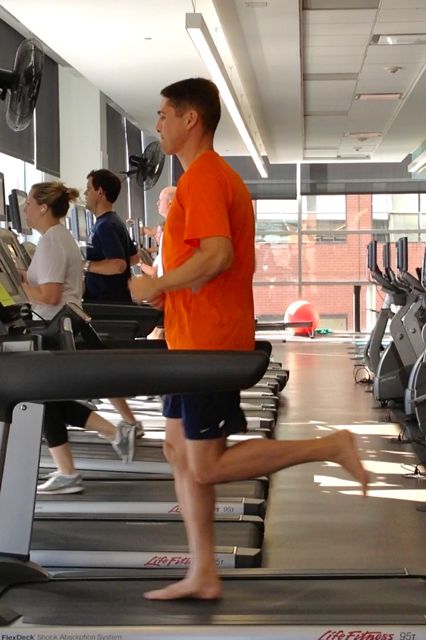
Practicing my barefoot running technique
Days two and three had us in the classroom delving into topics like natural laws, evolutionary anatomy, biomechanics, and psychophysiology. These were intense days covering the essentials to lay the foundation of understanding why we humans run and how we should run. The topic titles sounded daunting, but Lee has spent years distilling it to the key elements, and he was able to communicate these to us in a clear, simple, and often entertaining delivery.
The final two days gave us the chance to practice what we had learned. We took turns giving the group presentations to better prepare us to speak before our own groups of interested barefoot runners. We also practiced coaching each other. We used video analysis to assess technique followed by specialized drills to focus on problem areas, and ultimately we returned video analysis to observe changes only a slow-motion video can provide.
Earning your certification from Lee is by no means a certainty. On the final day of the course, we took a written examination to demonstrate our mastery of the material. Passing the exam is only one of the requirements to satisfy before earning your certification. You must also demonstrate your ability to coach upon returning home and to the satisfaction of Lee. Only then will you earn your certification.
Conclusions: Is there something to Barefoot Running Certification?
Let's get back to Jason's dismissal of the VIVOBAREFOOT certification. I think he misses the point and gets hung up on the word "certification". When Lee Saxby and Professor Lieberman sign your certificate, I don't believe they are claiming they have all the answers or have the best method out there (though it might well be). They are certifying you have been trained in the principles, science, and coaching methods upon which they agree will lead to proper barefoot running technique. They are certifying you meet their standards and theirs alone. Lee Saxby can only help so many runners transition in a year by himself. Not only is he confident in his methods, but he is also so incredibly passionate about helping people that he is willing to risk letting others use his methods and more importantly, his name.
The debate may continue on the merits of a certification course, but not for me. Lee Saxby and VIVOBAREFOOT are filling a much-needed void that is growing everyday. The barefoot running community is replete with great story tellers who can inspire and a handful of coaches. However, the barefoot running movement is getting ready to explode, and we need more coaches. For the lucky ones, making the transition to barefoot running is as easy as taking ones shoes off, but for most, it is not. Coaches are needed to help those people avoid injury and accelerate their learning curves.
Finding barefoot running advice
If you're thinking of making the transition to barefoot running, or you've done so and you're still struggling with your technique, or simply want a second opinion, do your homework. There are dozens of websites, books, and coaches out there with lots of good information, but be sure to include VIVOBAREFOOT along the way. There is plenty of information on the website explaining Lee's program. If you like what you see but can't get to London to meet him in person, he's entrusting a growing group of coaches who share his philosophy and believe in his methods to help you learn injury-free barefoot running.
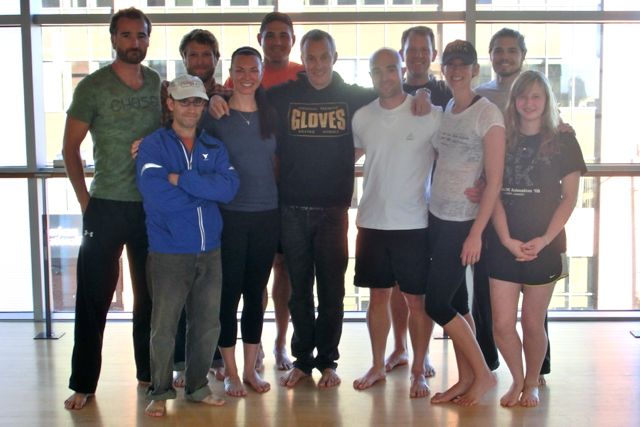
Pictured from left to right: Erwan, Jeff R, Jamie, Adrian, James, Lee, Stefan, Joe, Heather, Ryan, Morgan Not pictured: Jeff S and Nesha

